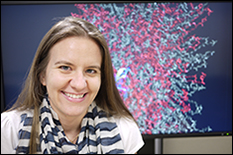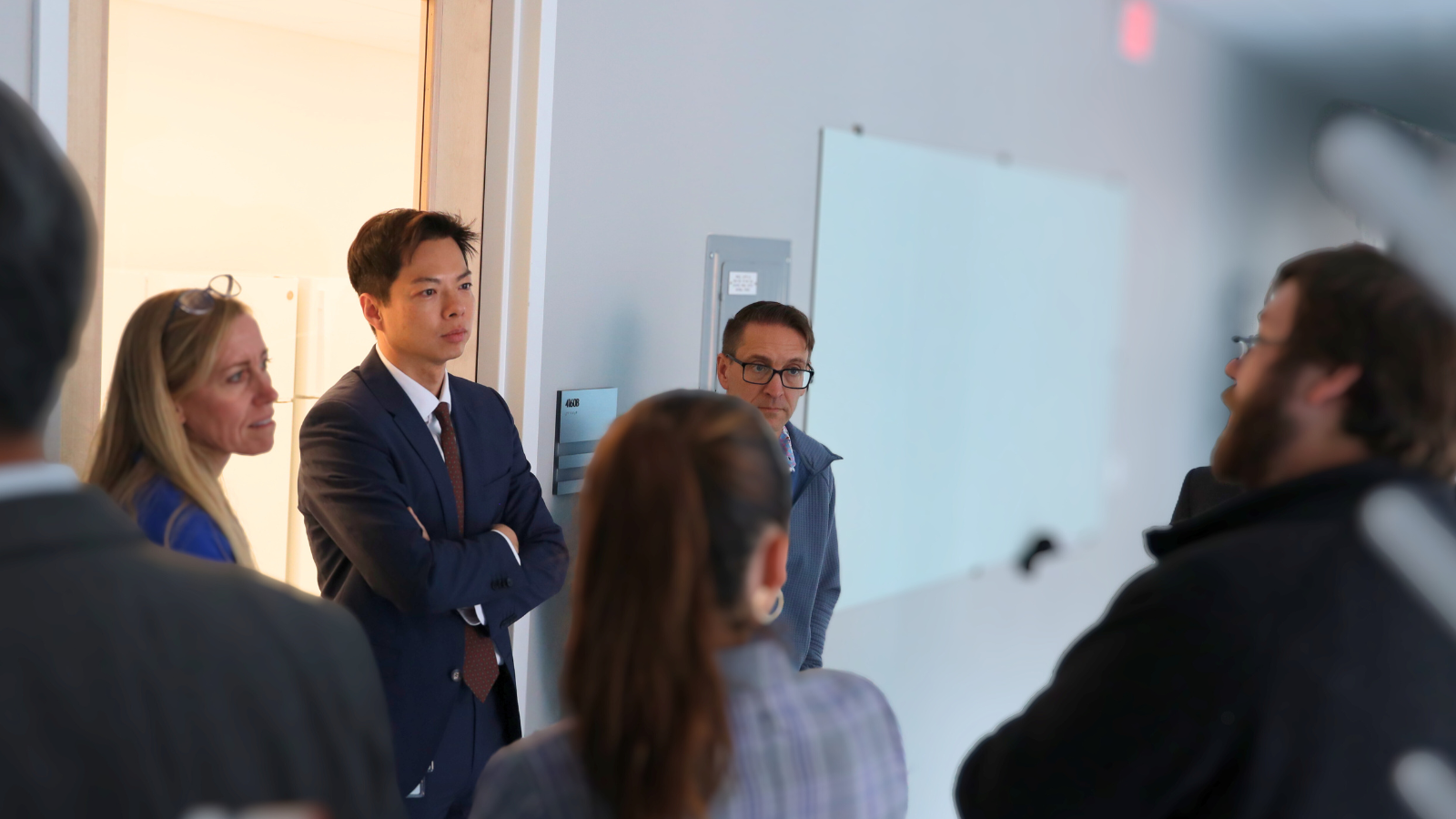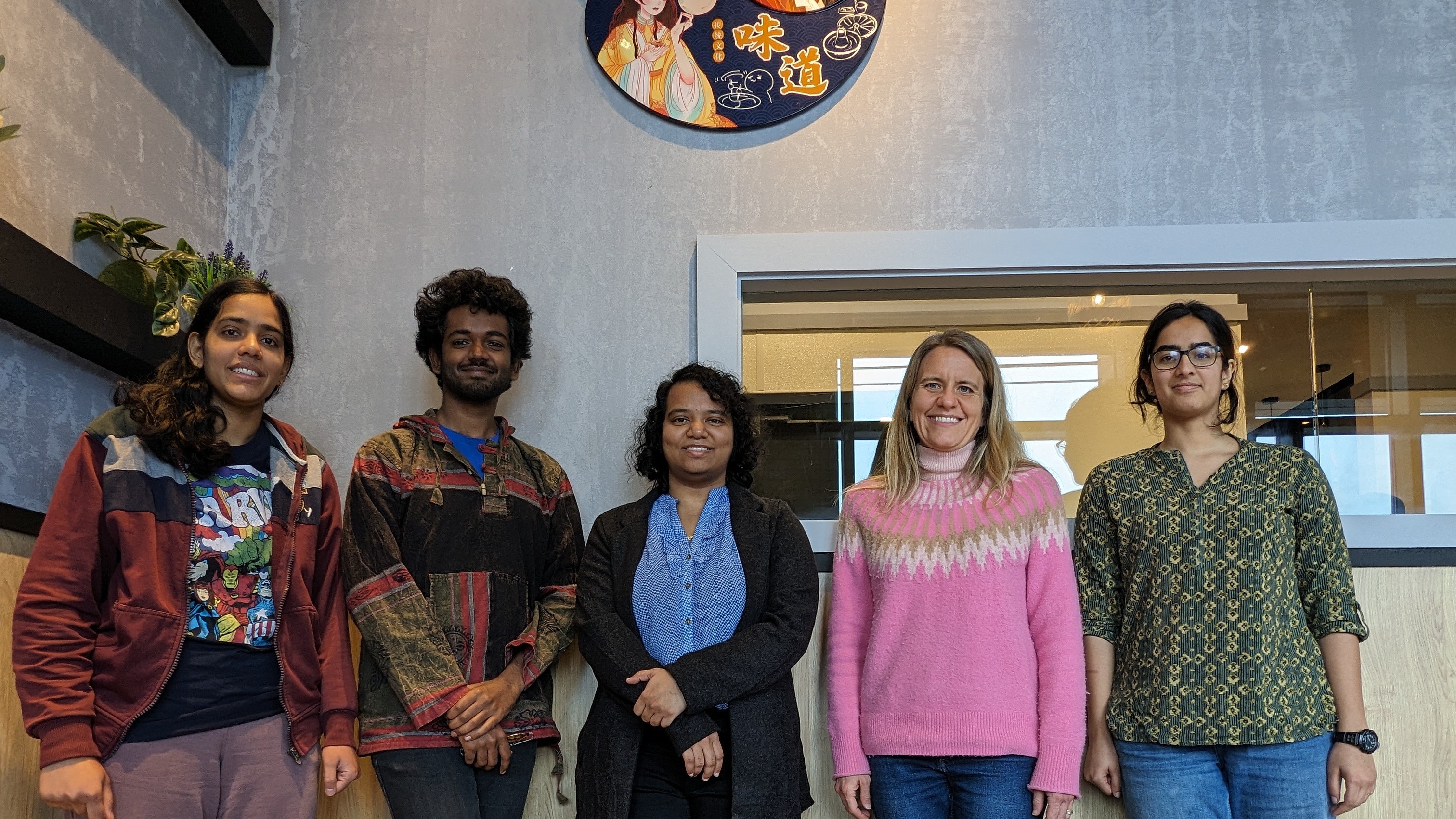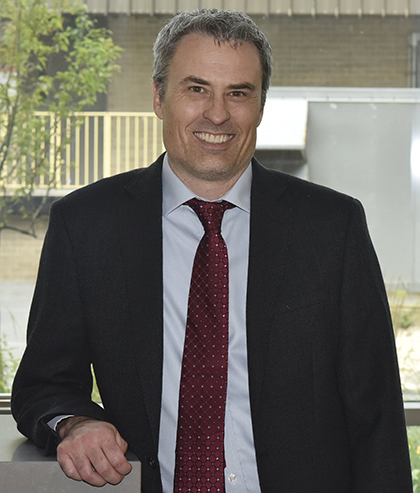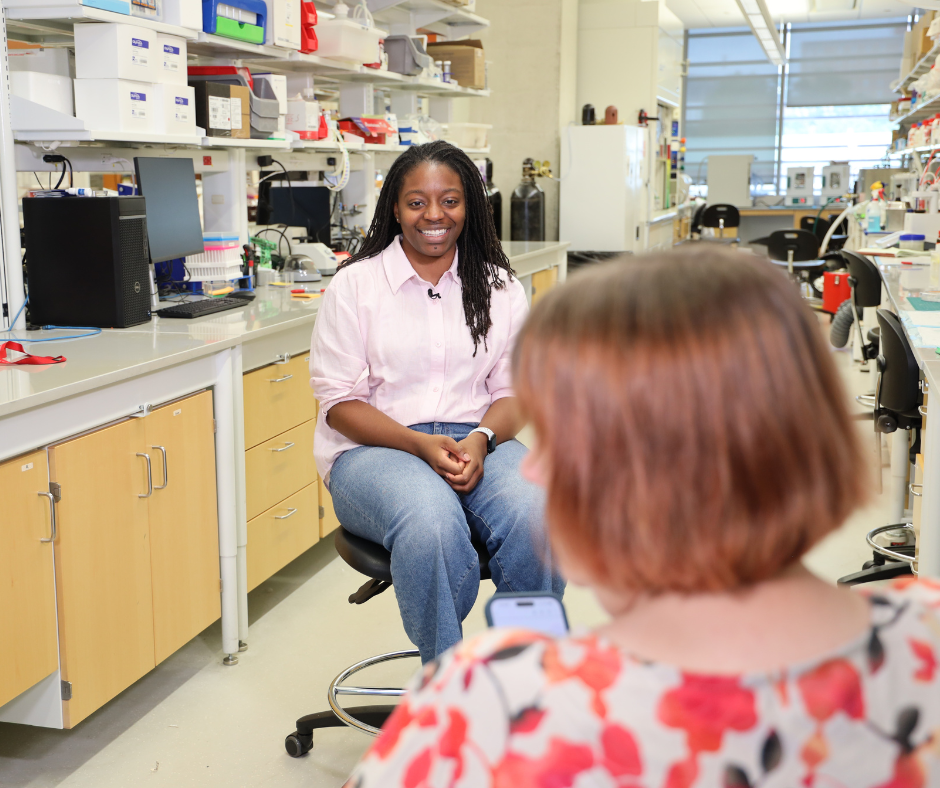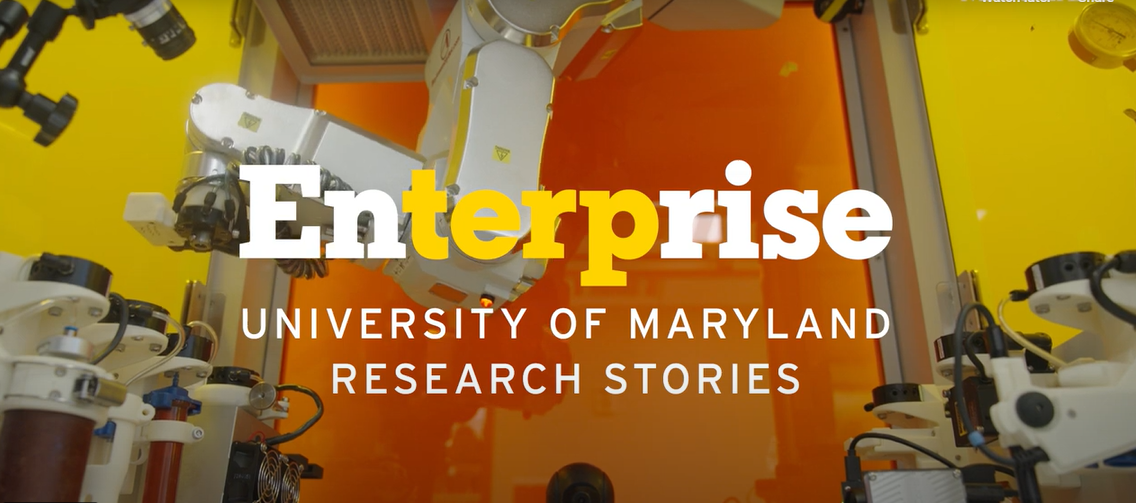News Story
Dr. Silvina Matysiak Uses Biomolecular Modeling to Advance Understanding of Degenerative Diseases
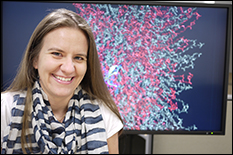
Silvina Matysiak
Generations of women have contributed to engineering, and Clark School women are proud to be part of that tradition. In honor of women’s history month, the Clark School is celebrating one female engineering faculty member each day. Read about today’s featured faculty member, Silvina Matysiak.
Fischell Department of Bioengineering Assistant Professor Silvina Matysiak leads the University of Maryland’s Biomolecular Modeling lab, where she and her research team explore how molecular behavior dictates macroscopic-scale properties of systems. In particular, they focus on characterizing molecular mechanisms that are relevant in many neurodegenerative diseases.
While many of today’s most common diseases are caused by bacteria or viruses, neurodegenerative diseases such as Alzheimer’s, Parkinson’s, and Huntington’s result from what is known as protein misfolding – instances in which proteins fail to fold into their normal configuration and thereby disrupt the function of cells, tissues, and organs of the body.
Many misfolding diseases share the same mechanism of development in that each results from an abnormal aggregation of peptides – short chains of amino acids – on cellular membranes. While researchers are still working to uncover exactly what triggers pathogenic peptide-peptide and peptide-membrane interactions, Matysiak and the members of her Biomolecular Modeling Laboratory are hopeful that improved understanding of such interactions will provide clues on how bioengineers could design better therapeutics to inhibit toxic peptide aggregation to treat or prevent misfolding diseases.
“Let’s say a bioengineer is looking to develop therapeutics for a specific misfolding disease and they understand the exact peptide aggregation process for that disease,” Matysiak said. “The bioengineer could say, ‘The peptide aggregation process is following these steps,’ and he or she could design a drug to address the early and middle steps [of the peptide aggregation process] rather than design a drug that target the final stable amyloid fibrils that can only be used once the disease has already developed.”
But, in order to reach that point, researchers must first understand the factors that cause toxic peptide aggregation.
Research has shown that the presence of certain lipids in membranes can affect peptide aggregation pathways. Membrane lipids are compounds – structurally similar to fats and oils – which form the double-layered surface of all cells. While the arrangements of lipids and various proteins are necessary to control the entry and exit of other molecules and ions as part of the cell’s metabolism, the amount of certain lipids – such as anionic lipids and cholesterol – in membranes is known to influence toxic peptide aggregation.
In studying biological systems, one of the main challenges bioengineers like Matysiak face is what is known as the time-scale and length-scale gap between computational and experimental methods. Currently, there is no single experimental technique that can span the whole range of typical time and length scales relevant for biomolecular function and self-assembly behavior.
That is why Matysiak and her colleagues look to molecular modeling to understand biological systems.
“Molecular simulations can help fill the gap of knowledge by providing a mechanistic view of how peptide-lipid interactions shape peptide aggregation pathways,” Matysiak said. “The advantage of using biomolecular modeling [rather than wet lab experiments] to study protein misfolding is that we can look at all the steps of the aggregation process and predict outcomes that have not been observed experimentally.”
In this way, Matysiak combines two worlds –simulation and collaboration with experimental groups– to work in biomolecular modeling, a field that seems destined to garner more attention as technology advances.
“I was always fascinated with understanding how nature works,” Matysiak said. “When you examine nature through lab experiments, however, you get snapshots and measurements. You then need to make a hypothesis that says, ‘Okay, what I’m observing could be attributed to this particular process.’ But, you’re never 100 percent sure. With modeling, you work the other way around – you come up with a mechanism, but then the question becomes, ‘Is the mechanism that your model is producing realistic?’ If we can make predictions that can then be tested experimentally, then we have a high confidence that all the information gathered from our models is, at least, highly accurate.”
As technological and computational methodologies advancements continue to advance the field, researchers like Matysiak know that there is high potential for biomolecular modeling and computer simulation to help shape the future of bioengineering.
“If you look at the fields of mechanical engineering, aerospace engineering, or even petroleum engineering, you see that, before researchers come up with any type of design, they do a simulation,” Matysiak said. “The outcome of the simulation then shapes the design. In bioengineering, we’re not there yet because of the level of complexity of biology. But, what researchers in my field hope is that it’s only a matter of time, as we see how quickly we’re learning more about different biological systems and how computational methodologies continues to improve.
“Picture a situation in which you’re with your doctor, and the doctor is able to do a simulation and say, ‘Based on this simulation, here is the best solution for the patient,’ she continued. “That is the big dream.”
Published March 23, 2017
